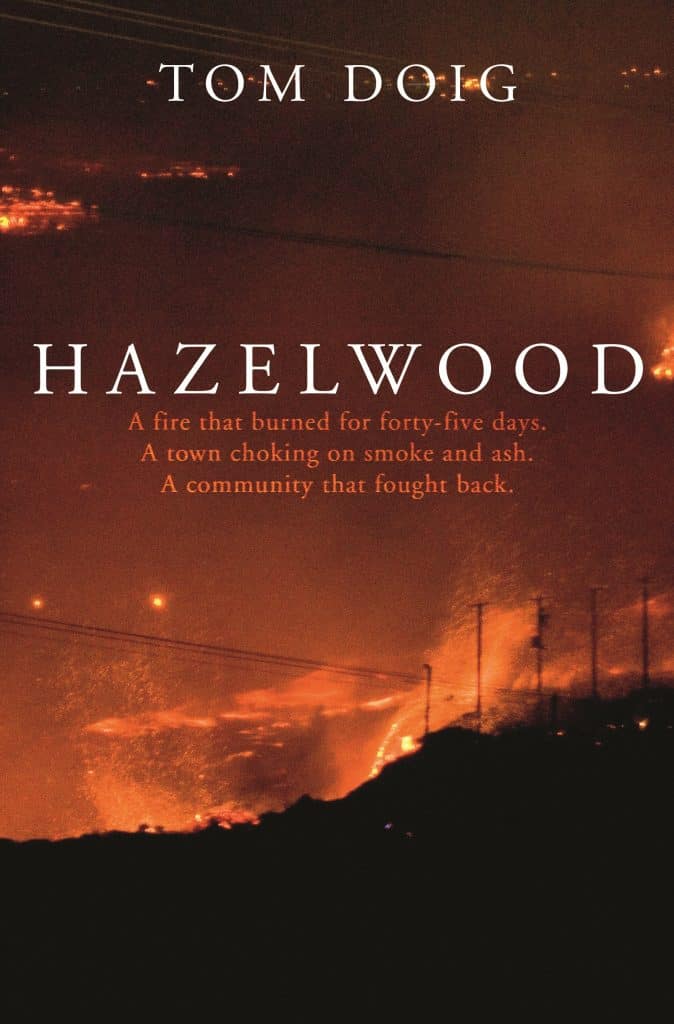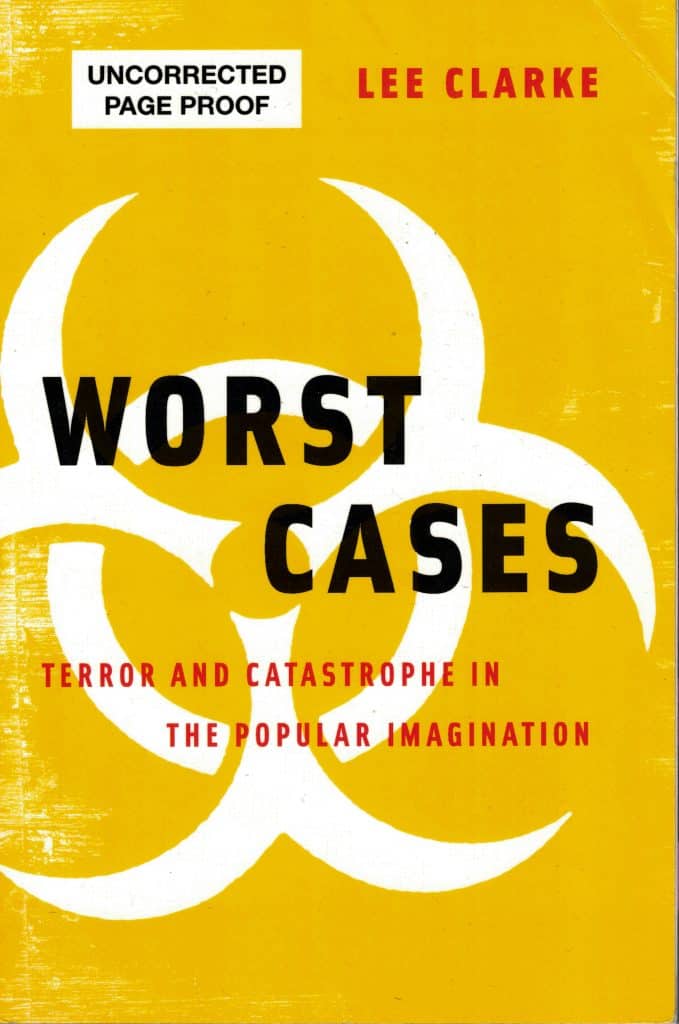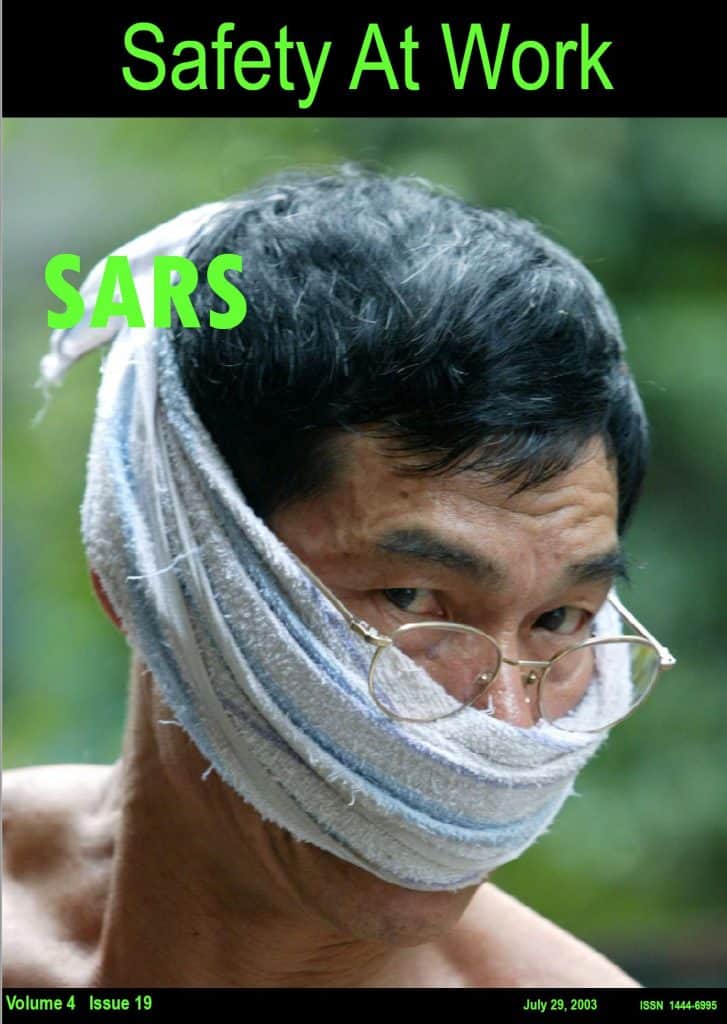
SafetyAtWorkBlog had the chance to put some questions to Dr Tom Doig in early 2019 prior to the book’s release. Below is that exclusive interview.
SAWB: “Hazelwood” is predominantly a book that describes the social and environmental impacts of the Hazelwood. What, if any, overlap did workplace health and safety (WHS) and WorkSafe Victoria have in the fire’s aftermath?
TD: In the aftermath of the mine fire, a number of WHS issues have come to the fore. Firstly, in the 2014 Hazelwood Mine Fire Inquiry, a number of criticisms were made of Hazelwood’s regulatory framework, with a suggestion that there was a ‘regulatory gap’, as expressed by Mr Leonard Neist, Executive Director of the Health and Safety Unit at the Victorian Workcover Authority (VWA), at that time:
‘If I identify that gap as, who is responsible for regulating for the protection of public safety, regardless of what the source of the hazard or the risk is, who’s responsible for public safety, that’s where the gap probably is and I can’t—if you were to ask me right now, I can’t tell you who is responsible for regulating public safety. I’m responsible for regulating workplace safety and responsible for public safety as a result of the conduct of that undertaking, but I couldn’t tell you who is directly responsible.’
In this case, while VWA focuses on the health and safety of mine employees, they aren’t explicitly concerned with the health and safety of the general public, if a hazard – like a 45-day plume of toxic smoke – is dispersed beyond a specific workplace.
Continue reading “Exclusive Interview with Dr Tom Doig”





